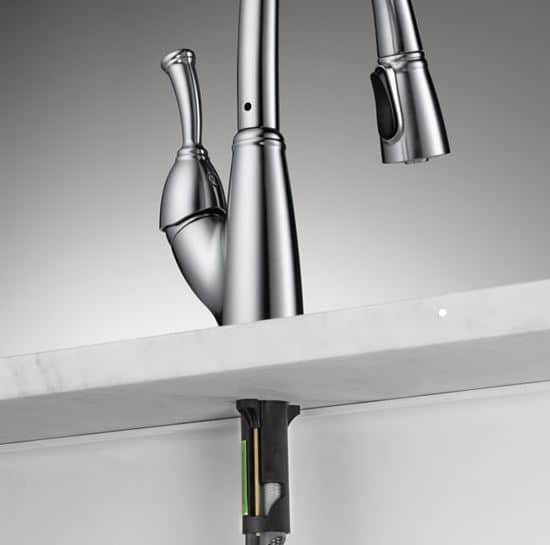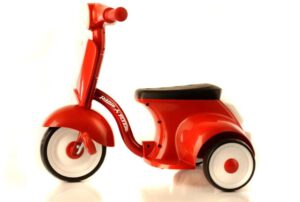HOW TO PROTECT YOUR NEXT PRODUCT DESIGN PROJECT FROM DISASTER.
A product’s design defines its functionality and also gives it life, beauty, and meaning. However, sometimes during the design process things go horribly wrong as if Satan himself had possessed the product. Below are the seven deadly sins of product design that should be avoided to keep your design from becoming a disaster of biblical proportions:
1. Blind Ambition: Solving one problem while creating another.
Every good design meets a need or solves a problem. That sounds easy enough, but the catch is, you have to do it without creating another need or problem. Take, for example, a simple pair of pruning shears. Adding a safety lock definitely solves a potential problem. However, if the user holds the shears a certain way and the lock slips into position, the user will become frustrated. Keep your eyes open for the effects of the design on the use of the product.
2. Superficiality: Beautiful design, costly or impossible to produce
Anyone who has any interest in product design loves to dream about the future of a product line and all of the “what’s next” ideas. While this exercise is stimulating and thought provoking, you also have to keep your eye on the ball. Many product companies engage industrial design firms that are successful with this approach, but have no engineering background or technical expertise. You end up spending your entire product development budget on great ideas that are either far too costly to bring to market or are not manufacturable as designed. Understand your resources and use them wisely.
3. Imperceptiveness: Failing to design for the user or need.
Do not assume you know what the user needs. Instead, talk to them to understand what works and what does not. Study how the user will interact with the product and note the amount of effort that may go into each use. This approach is particularly effective when redesigning a product or launching a competitive product to the market. The most successful product designs are the ones that the end user can admire for aesthetics and easily use. Over-design will result in the consumer becoming frustrated and a product that is short lived. However, keeping a design simple does not mean sacrificing creativity or the cool factor.

4. Safety: Blending in
Give consumers something to tell their friends about. Before designing that new product, analyze the competition. Do some research to determine user likes and dislikes and develop ways to make the product better. Incorporate ideas and features from other industries to give your product a more innovative appeal. Look at industry trends and research to see how you can incorporate the “next big thing” into your product idea. Whatever you do, give the user a reason to choose your product over the competition.
5. Transience: Designing for the here and now
Think of the products that changed the world because they were designed for the need at hand as well as the future: computers, cell phones, automatic drip coffee makers—the list is endless. To truly expect the most from a design, you have to look forward. Think about five years from now—or longer. How will the user’s needs change? Where else will the product be used? Will the product be able to serve a new purpose? Will there be new technology that you should plan for in the new design?
6. Egomania: Designing for design’s sake
Sometimes we get so wrapped up in what looks cool or how beautiful a design is that we begin the design process trying to hit those marks rather than solving the problem. Worry first about meeting the need or solving the problem. The design will come as the sketches and renderings are developed. While award winning designs equate to success in the industry, the true success of a product is measured by the extent to which it meets or exceeds the needs of its user.

7. Distraction: Solving the wrong problem
Product design is usually a fluid, creative process. But fluidity and creativity do not mean “out of control.” As a product design evolves, discoveries are made and tangents emerge. This is a powerful part of the creative process—but use this power for good and not evil. Stay focused on the original scope and design intent. Go back to the root of why the design was originally necessary. For example, air actuated corkscrew designers observed that the problem was not the original corkscrew design, but getting the cork out of the bottle. Rather than trying to redesign the corkscrew, the designers developed a means for removing the cork without a corkscrew at all–a completely innovative design. That is the kind of simplicity that encourages good design.
Catalyst is passionate about a product’s design all the way from ideation to production. For examples of our work, view our portfolio and case studies. If you want help with your next design project, contact Catalyst to learn more.
